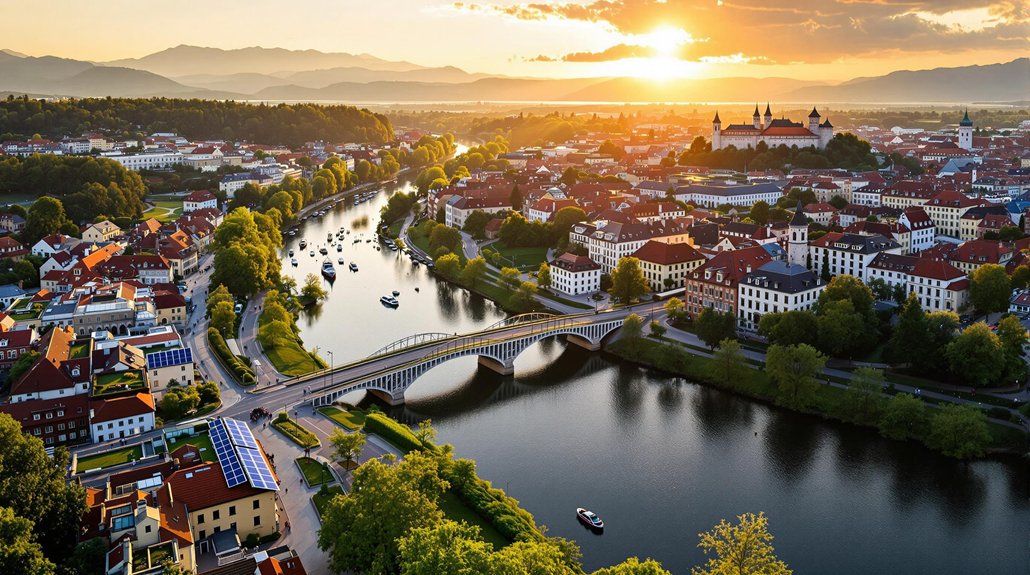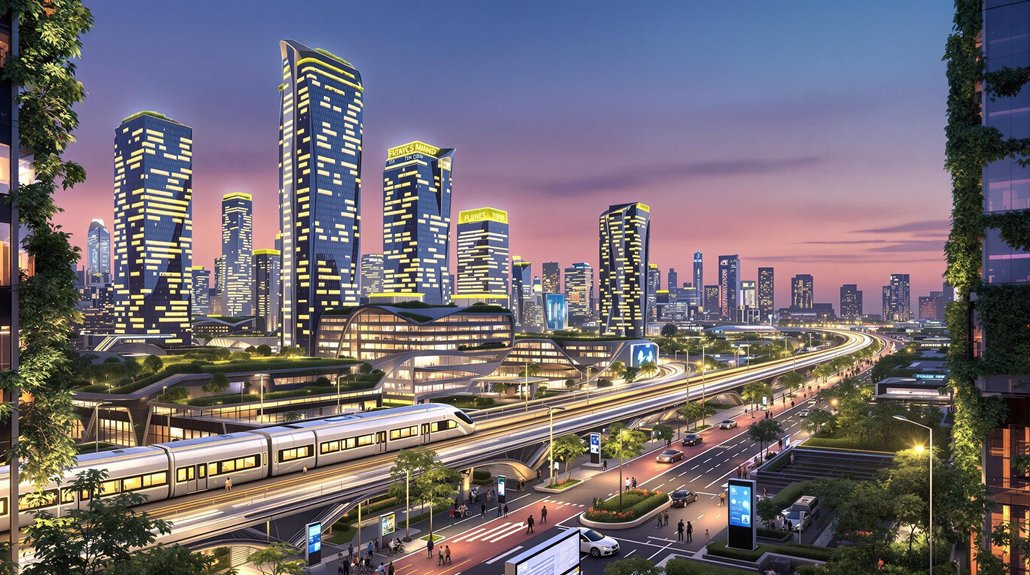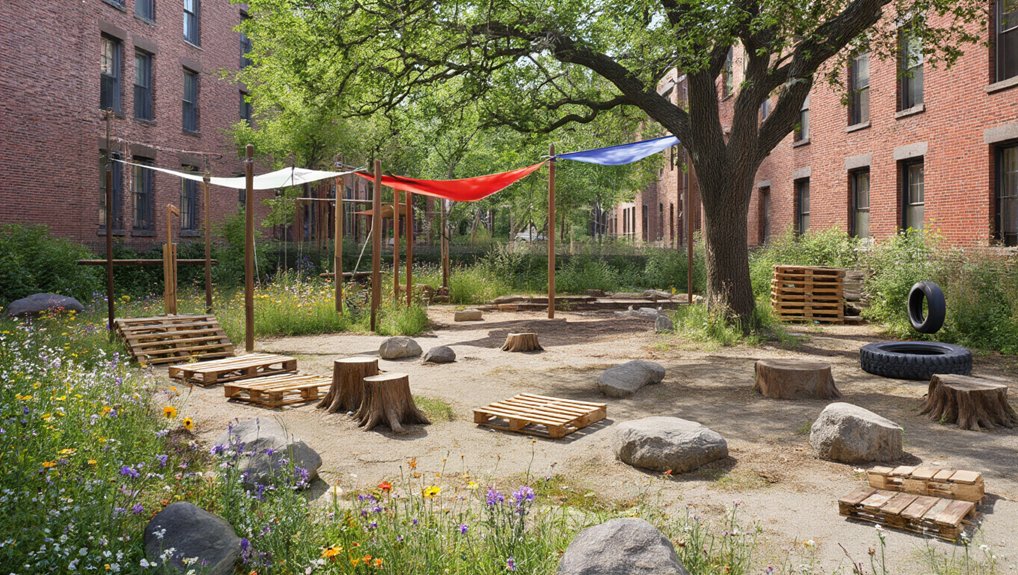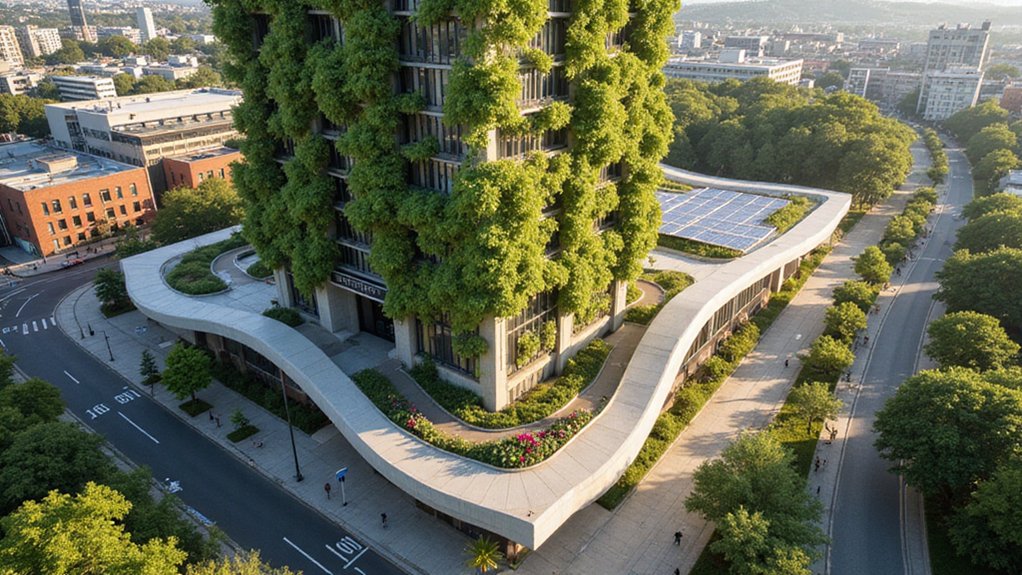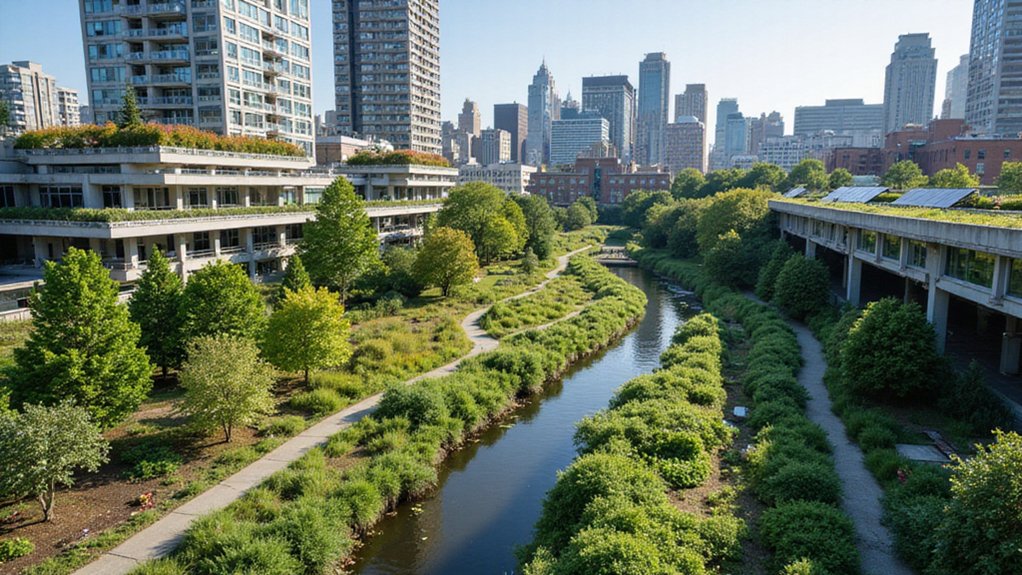Europe’s green revolution is turning heads. Copenhagen aims for carbon neutrality by 2025, with most residents biking to work. Amsterdam boasts impressive solar panels and cycle networks. Ljubljana recycles 74% of waste with a car-free center. Freiburg, the “Solar Capital,” has neighborhoods producing surplus energy. The surprise? Finland’s Lahti developed a personal carbon trading app and transformed a polluted lake. These cities aren’t just talking sustainability—they’re living it.
While Americans debate whether climate change is real, European cities are busy actually doing something about it. From carbon neutrality goals to revolutionary transportation systems, these five cities aren’t waiting around for permission to save the planet.
Copenhagen isn’t messing around. The Danish capital aims to be carbon neutral by 2025, with a staggering 62% of residents already biking to work daily. Think about that. Most Americans won’t walk to their mailbox.
Copenhagen shows what’s possible when a city commits. 62% biking to work while Americans debate whether to walk outside.
The city’s harbor baths let people swim in clean urban waters—something unimaginable in most major cities. And 90% of food served in public institutions is organic. No big deal, just completely reimagining urban life.
Amsterdam has built an impressive 767 kilometers of cycle paths and installed 73,000 solar panels citywide. Their circular economy strategy is targeting 50% circularity by 2025.
Rooftop gardens cover 50,000 square meters of buildings. Green space above, green transportation below.
The surprise contender? Ljubljana, Slovenia. This 2016 European Green Capital boasts 542 square meters of public green space per resident and recycles or composts 74% of its waste.
Their car-free city center has been thriving since 2007. Most Americans couldn’t find Ljubljana on a map, yet they’re leaving us in the sustainability dust.
Freiburg, Germany, deserves its “Solar Capital” nickname with 400 solar installations per 100,000 residents. Their Vauban district produces more energy than it consumes and bans cars. Companies like Cleverciti are helping reduce urban pollution with their sensor technology that directs drivers to available parking spaces, minimizing traffic congestion. The city exemplifies the Positive Energy Districts concept that’s transforming urban sustainability across Europe.
Revolutionary concept: neighborhoods without exhaust fumes.
Lahti, Finland, named European Green Capital 2021, utilizes 99% of household waste and created a personal carbon trading app for residents.
They transformed Lake Vesijärvi from polluted to swimmable. These urban initiatives protect ecosystem services that contribute trillions to the global economy while creating healthier living environments. Meanwhile, Americans are still arguing about whether plastic straws are a constitutional right.
These European cities prove sustainability isn’t just possible—it’s happening now. While politicians debate, these urban centers are creating circular economies, carbon-neutral infrastructure, and livable cities.
No excuses, just results.
